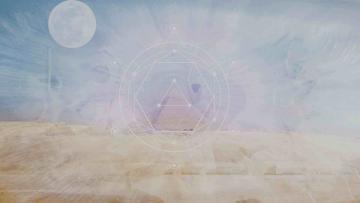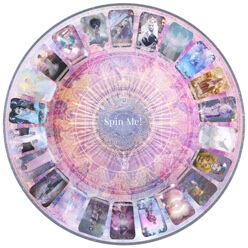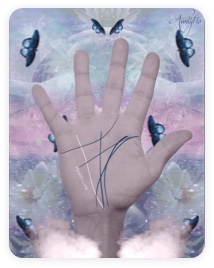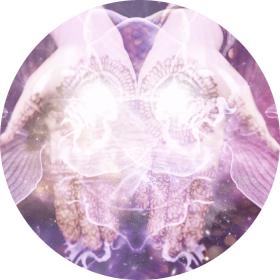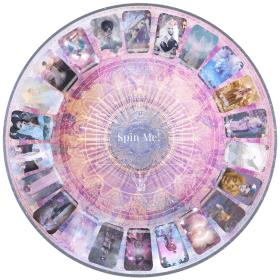Tarot
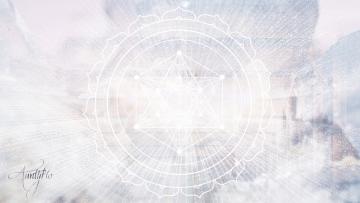
What is the tarot?
A deck of 72, 76 or (more commonly) 78 cards which guide a person on their path through intuitive and foretelling practices.
The Tarot is an ancient form of divination originally traced as far back as Egyptian times when the readers desired to get the messages of the gods across to the followers in the temples.
A resurfacing of the tarot happened during the Renaissance and it is supposed to have been perpetuated primarily by Romanian Gypsies who took the cards and brought them with them all over the world.
The Tarot itself is a deck of 78 cards which tells the tale of the Fool’s Journey from birth through life and death and back to birth again thus metaphorically exchanging information from the magical plane to the material plane and provides for very powerful divination.
Understanding What is Tarot and How Can it Be Used in Modern Magickal Practices
Tarot is a deck of cards, whose roots were established in the 14th century. Much like other devices of gambling and games, tarot was originally a card game and then later became a form of divination. Originally, a traditional deck of cards were used, then later the major arcana and other trump cards were added. In the late 1800s, the beginnings of modern tarot were established, creating the types of decks that are commonly seen today.
Tarot in Modern Occult Practices
A typical tarot deck includes 78 cards in total, 22 of them being the major arcana and the rest being the minor arcana. In 1909, the Waite-Smith tarot deck, commonly known as the Rider-Waite deck, was published by Colman Smith and Arthur E. Waite. Both members of the prestigious Hermetic Order of the Golden Dawn, this deck redefined modern tarot creation incorporating symbolism of ceremonial magick and utilized the now popular Celtic Cross Spread. The fact that the cards were all illustrated, independently representing the meaning of the cards and presenting them in a standardized layout, that the practice.
Modern pagan practices use tarot for a variety of reasons including:
- Seeing future events that are upcoming in one’s life
- Deciding on routes when an important decision must be made
- Fertility purposes including the best time to conceive a baby
- Determining which step to take in life next
- Seeking or validating love interests
- Establishing a timeframe for things to come
The tarot is considered an intuitive method for seeing the future, the symbolism providing deeper insight and meaning about aspects of one’s life that is confusing or that they are unsure of. Most modern practices dictate a time frame for a reading to be about 3 months in the future, though different layouts can be used to tweak results, providing a long term view or focusing on specific aspects of a person’s life.
While tarot cards are divining tools, they are not meant to be solely predictive in nature. Similar to chakras and other body reading and managing techniques, the tarot is as much prescriptive as it is descriptive. The layout or map that is used when reading tarot does have the ability to tell you what is coming in the future.
However, tarot works on the fact that it displays the future and that the future can change once the person is aware of their path. That being said, whenever you look into the future, it changes. It is not permanent or stable, it is changing as we are all.
Tarot, with this in mind, is a tool that can assist a person with their gut feelings. It should be used as a guide and other means of divination should be used to confirm discoveries of note that are defined within the cards.
Once the information is gained from a reading, it is then up to the person to allow the future to flow in the direction that the energies are already going or make changes in order to avoid the fate. Thankfully, most readings will also include details about what energies are helping and what specifically can be done to turn the future onto a new course.
By Florance Saul
Oct 2, 2012

